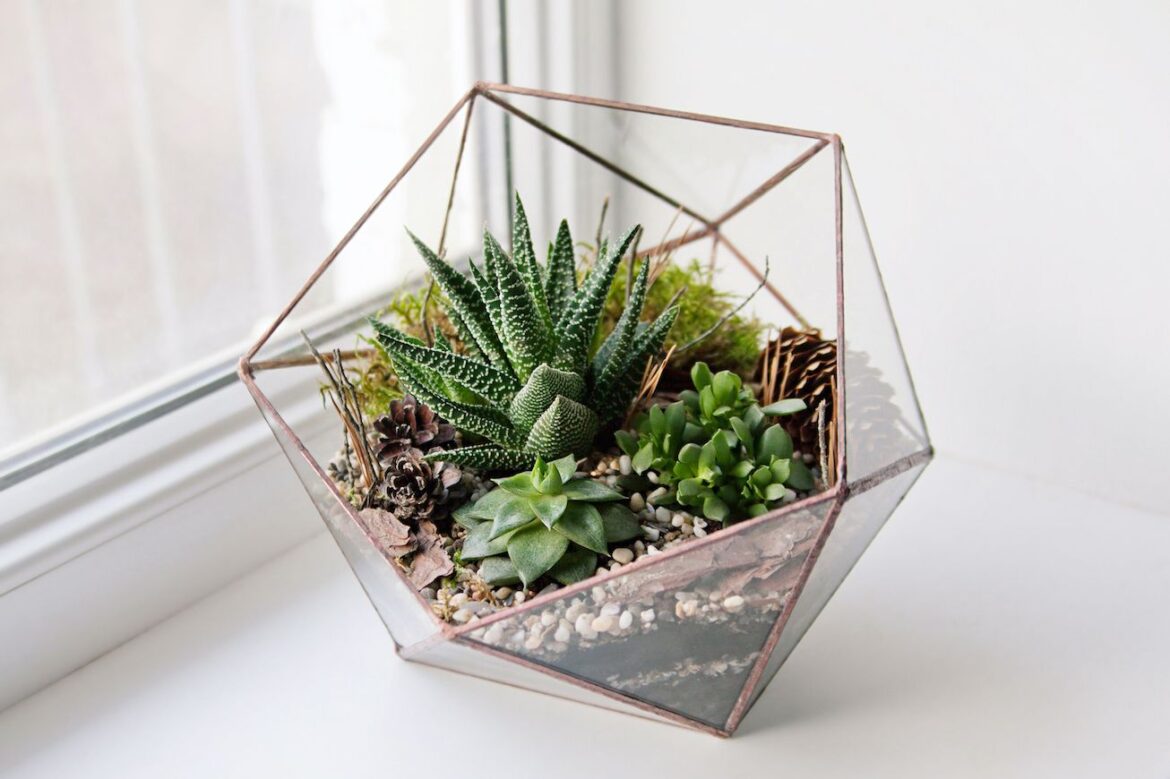
Discover how to create a super succulent bowl with these seven easy steps
Get green-fingered with these seven simple steps to create your own sensational succulent bowl at home
Bring the splendour of nature indoors with your own special succulent bowl. Known for their robustness, succulents can be a great choice for novice gardeners or those wanting a plant with minimal upkeep. Plus, in general, increasing the greenery in your home helps to purify the air inside, as well as helping to balance humidity – particularly helpful over the winter when you might be more likely to struggle with colds and sore throats.
So, whether you’re looking for a mindful activity to deliver ongoing wellbeing benefits, or simply a beautiful ‘green’ decoration for your home, here are seven easy steps to create your own succulent bowl…
1. Select your succulents
With a wide variety of shapes and sizes available, mix and match a range that appeals to you. You might want to try a ‘flaming Katy’ for a spot of colour, or a ‘string of pearls’ for an added dimension, with its trailing leaves.
2. Prepare your pot
Choose a container that catches your eye – perhaps a terracotta bowl or a terrarium – and fill it with potting soil (ideally one with sand or perlite to assist with drainage). Since succulents originate in harsh, arid conditions, they will need a desert-dweller mix to really help them thrive.
3. Release the roots
When taking your plants from their individual pots, tease the roots apart if they’re compacting too tightly. This ensures your freshly potted plant can start to spread its roots almost immediately, soaking up any moisture it needs.
4. Start your planting
Dig a hole towards the middle of the bowl to house your tallest succulent, and place it in, securing with the earth.
5. Plan some breathing space
As tempting as it is to pack your plants in, ensure you leave room for each to spread out as it grows. Succulents grow really quickly, so your little creation will look ‘finished’ in no time, but overcrowding can lead to mould or insect infestations, so it’s important to let them breathe.
6. Water immediately
This ensures you get rid of any air pockets around the roots, and gives them a much-needed drink after being repotted. Going forwards, water your succulents when the soil feels dry to the touch – if it’s still damp, give it some more time to dry out.
7. Seek out some sun
Succulents are sun-worshippers, so try to place your bowl somewhere that gets a decent amount of sunlight each day – ideally six to eight hours. Then, simply enjoy watching them grow!
Echeveria elegans – this is one of the classic succulents, with a pale, green-blue hue, which grows into rosette shapes.
Sedum morganianum – has notable trailing leaves, which can look particularly great in hanging pots, or to add some dimension by hanging over the edges of your bowl.
Senecia rowleyanus – known as the ‘string of pearls’, is a low-maintenance option that also features trails of leaves, but in more bud-like shapes.
Graptopetalum superbum – with stunning, frosted purple foliage, this plant is particularly hardy, withstanding temperatures down to -3°C.
Kalanchoe blossfeldiana – also called ‘flaming Katy’, this succulent stands out for its flowers that grow in a variety of colours, contrasting with the dark green leaves.
Crassula – sometimes referred to as ‘Buddha’s Temple’, this succulent’s leaves, with their powdery coating, face upward to resemble a Chinese temple, and may grow pink flowers in summer months.
